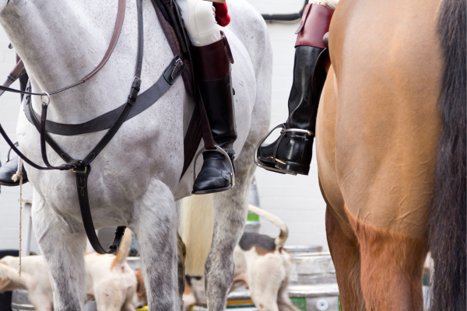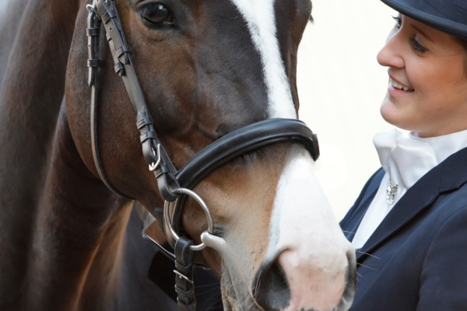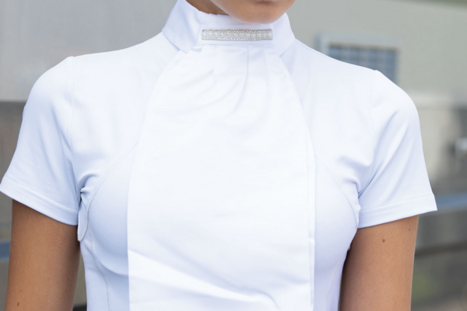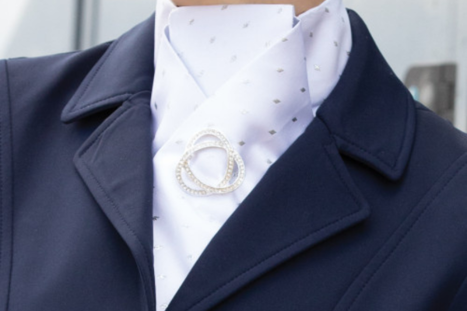
The History of the Riding Stock
The History of the Riding Stock
Equetech | March 03 2020Have you ever wondered where the traditional riding stock originated from? Why do we wear it and who were the first riders to use it? In this equestrian fashion blog, we share the history of the riding stock.
Where Did The Riding Stock Come From?
The first cravat style stock tie, was originally called the ‘Steinkirk’. It was a cravat with long hanging ends loosely twisted together in the late 17th century, worn by men and women. This was a kind of uniform, allowing the upper-class gentlemen to express their wealth in detail.
At the same time, another stock tie was also worn, originally by French and German foot soldiers at the end of the seventeenth century.
By the early eighteenth century, this military stock tie had been adopted by civilians and replaced the Steinkirk style cravat.
This military stock, consisted of a piece of white muslin folded into a narrow band, wound once or twice around the neck and fastened at the neck with tapes, buttons, or a detachable buckle. It became more of a formal tie in the later nineteenth century.
From Hunting Stocks To Ready Tied Stocks
The stock tie continued to be worn in the hunting field as a safety measure, in case of injury, so that the rider may use it as a temporary bandage for a horse's leg or as a sling for a rider's arm. This is why the traditional stock pin, looks like a safety pin! We still manufacture this traditional stock pin, as the hunting fraternity still uphold traditions today.
These days, the riding stock supports the neck, but also keeps the rain or wind out of the rider's collar.
Most traditional riding stocks used to be made from muslin or cotton fabric, but as fabrics have become more readily available, stocks have reverted to more luxurious styles, harking back to the upper-class 17thcentury brocades and silks.
With many modern riders unable to tie their own stock, due to the art of tying a stock dwindling, and not being passed down to the younger generation, ready-tied stocks have become a very popular choice over the past fifteen years, and looks like it is here to stay.
The ready-tied stock is attached at the back of the neck with Velcro and eradicates the need to know how to tie a stock. It is made up to look like a tied stock, when attached around the neck and more often has embellishments, to replace the stock pin look, giving the rise to the ‘bling’ culture.
Dressage Stocks To Slay!
Do you have to wear a dressage stock? At unaffiliated dressage you may not choose to wear one but at affiliated British Dressage level and for a more professional look, stocks are desirable. You can wear a stock or tie, but stocks are more commonplace. Dressage stocks have come a long way from their traditional plain cream or white designs. Modern dressage riders now can choose from a range of luxury dressage stocks with crystal embellishments and cut from luxurious jacquard silks. At Equetech we also offer dressage stocks with stunning diamanté brooches to the neck for added bling for those who don’t wish to use a stock pin.



